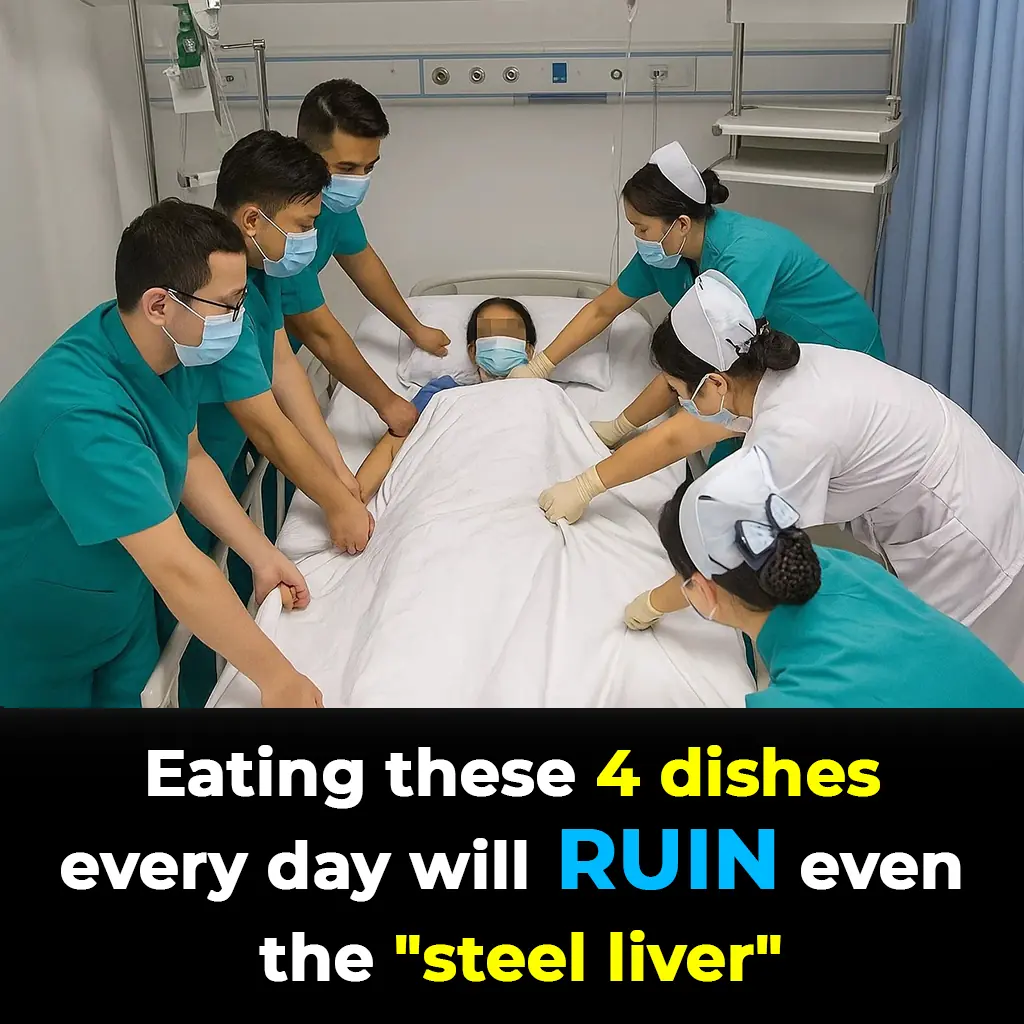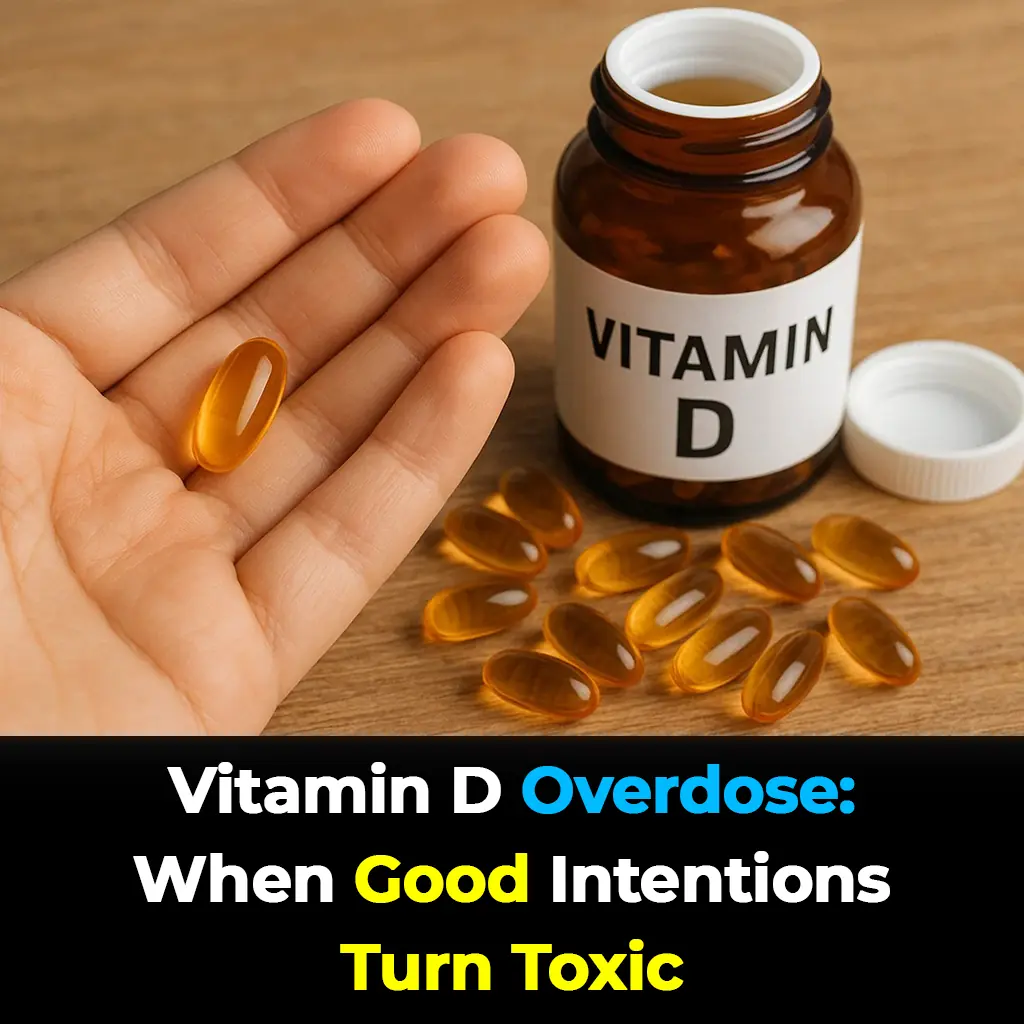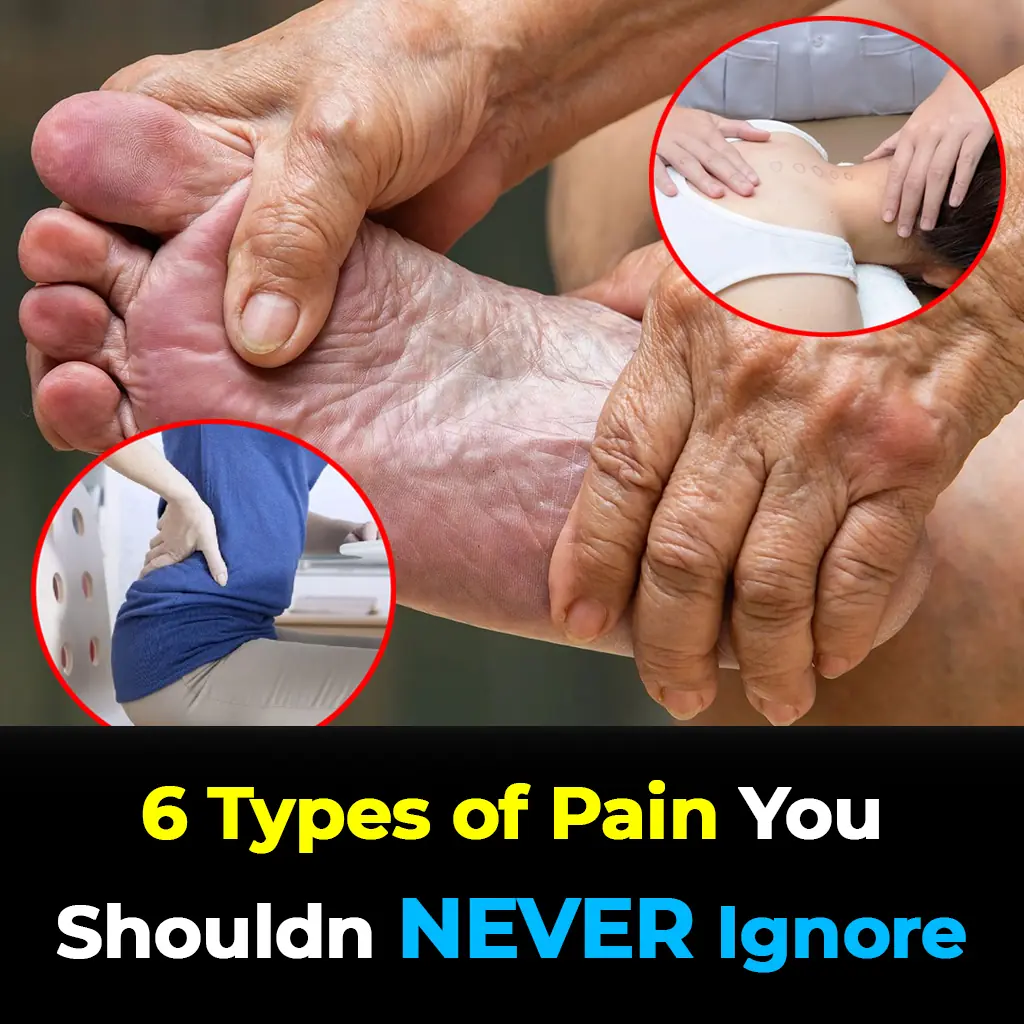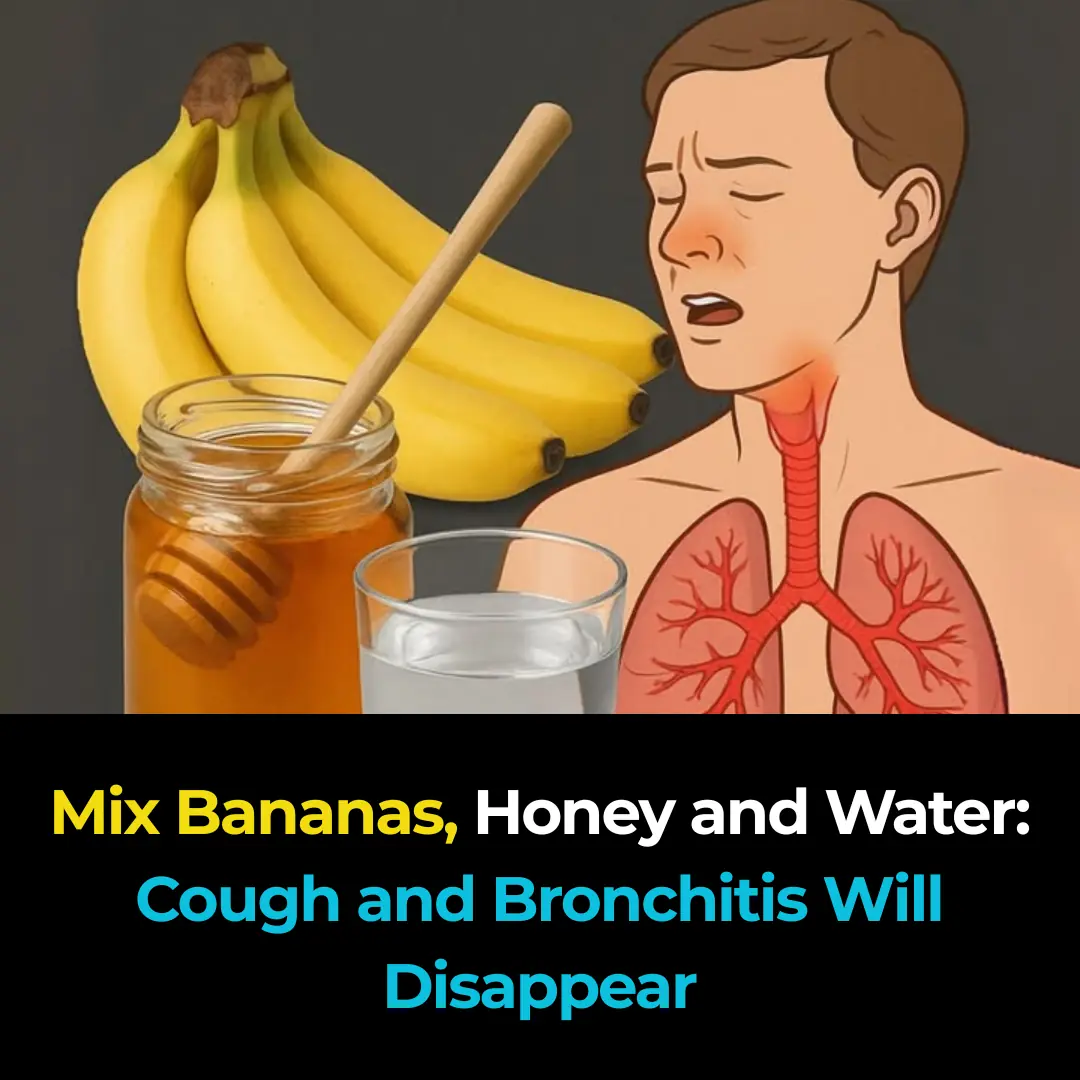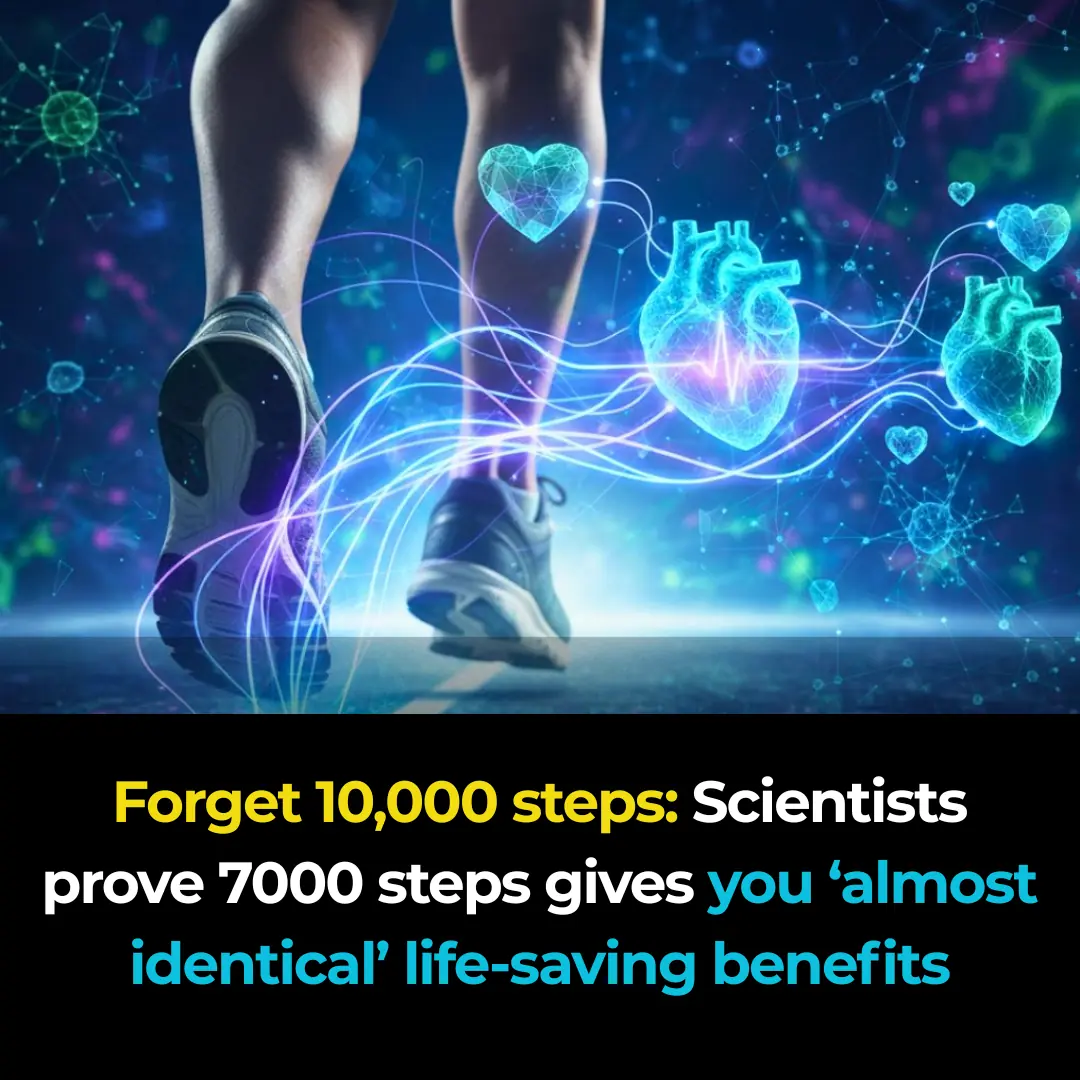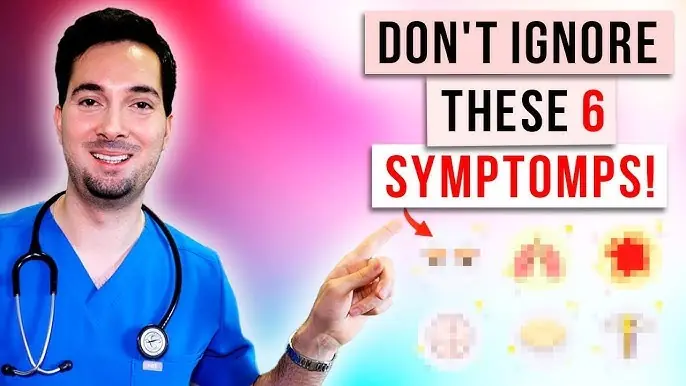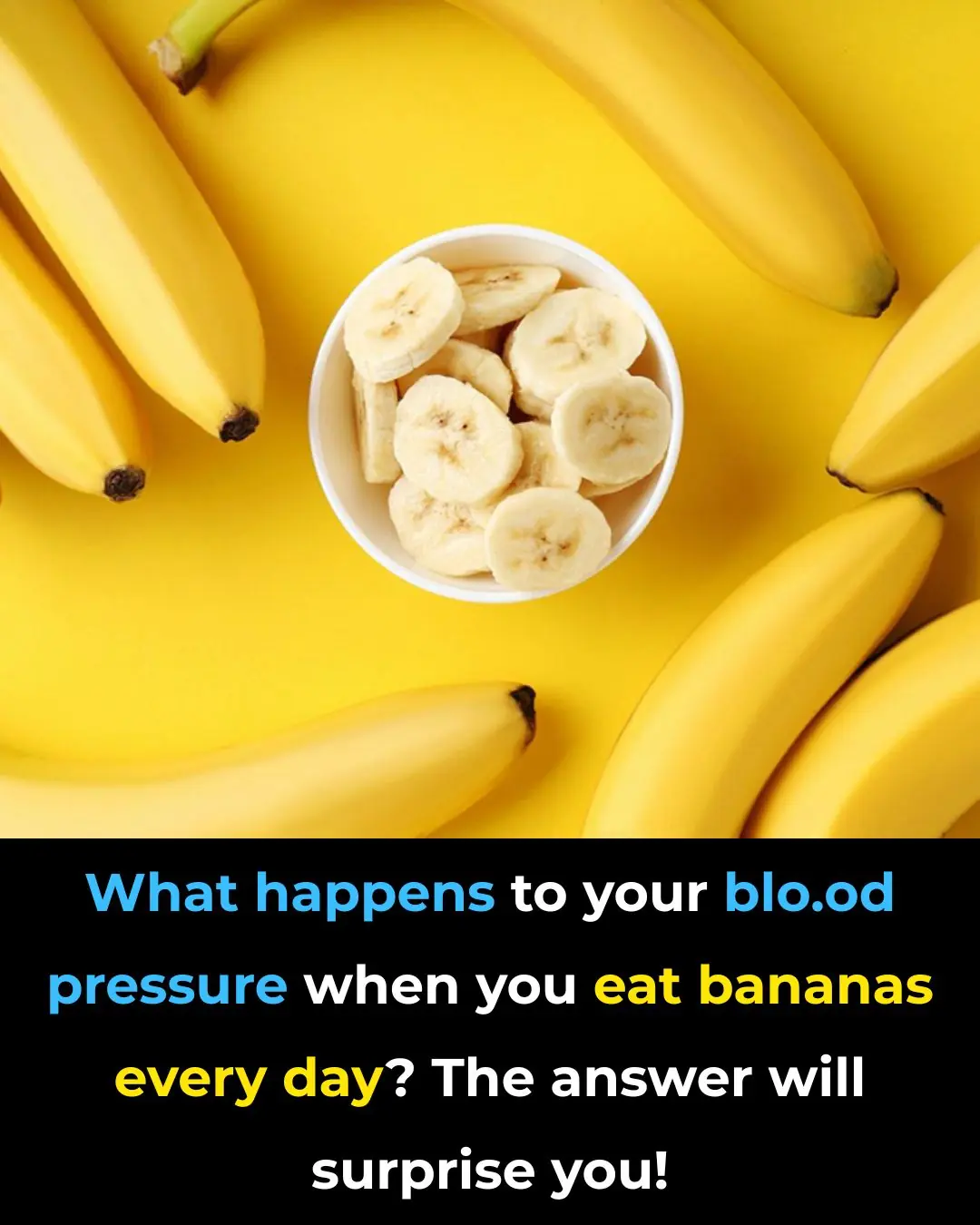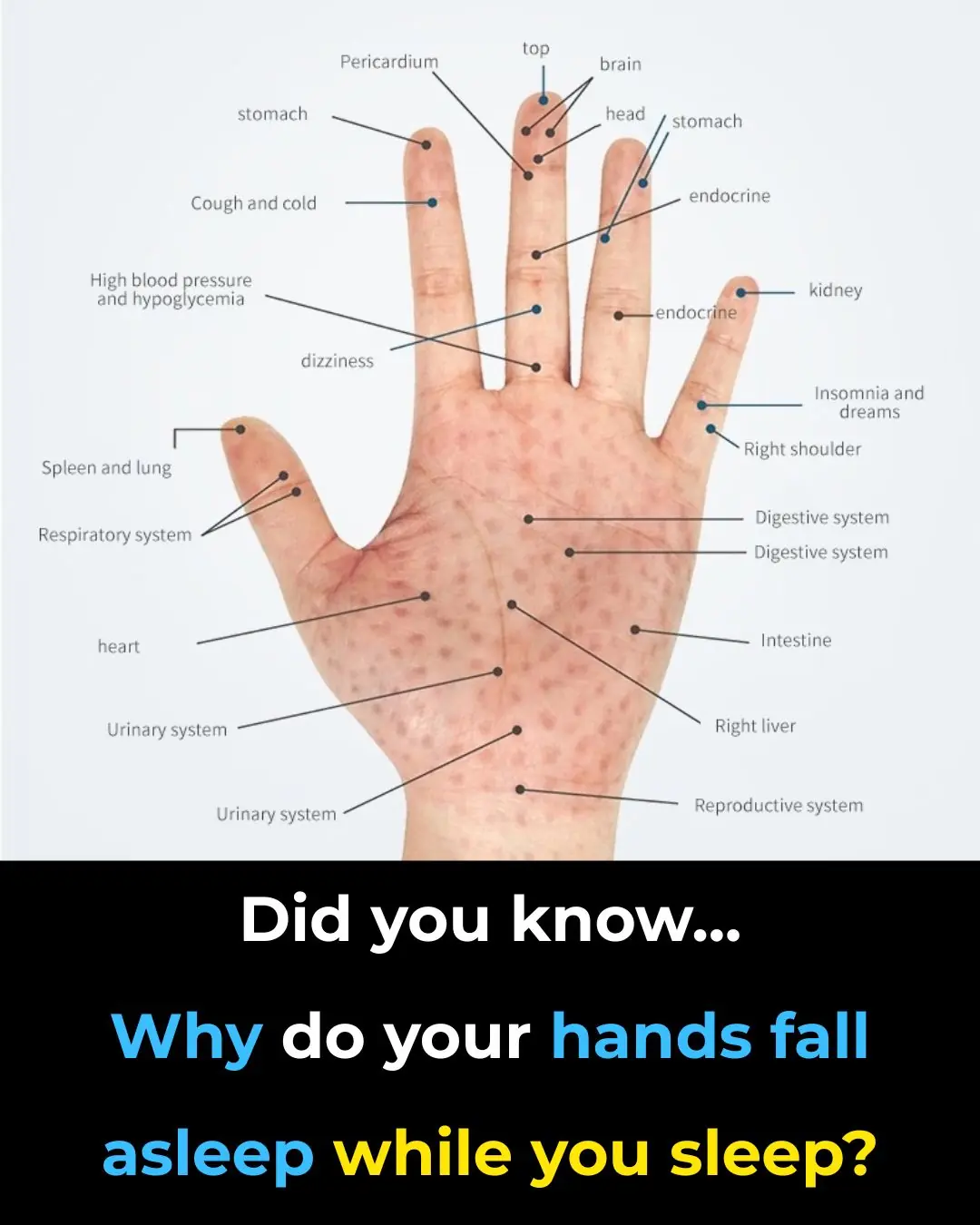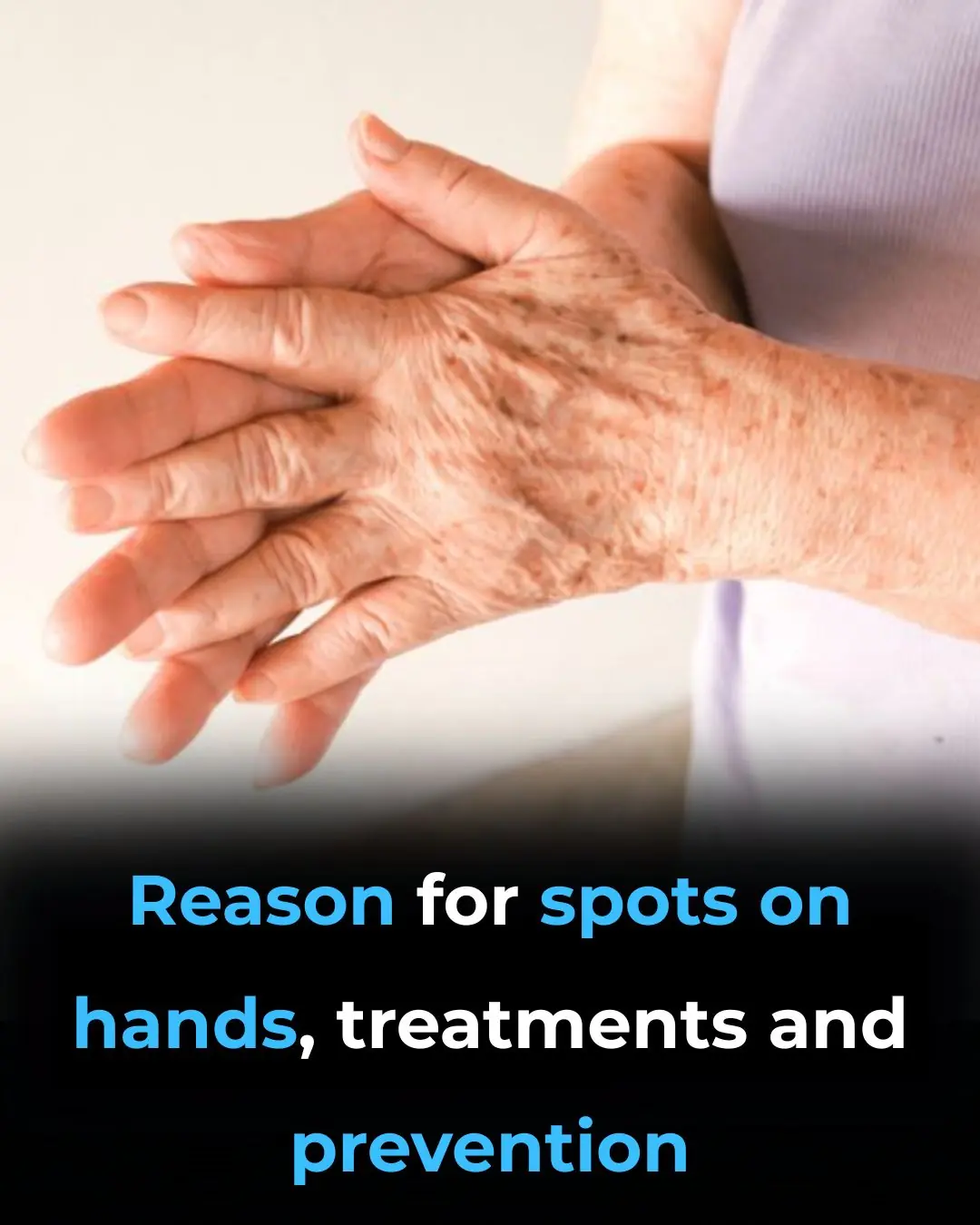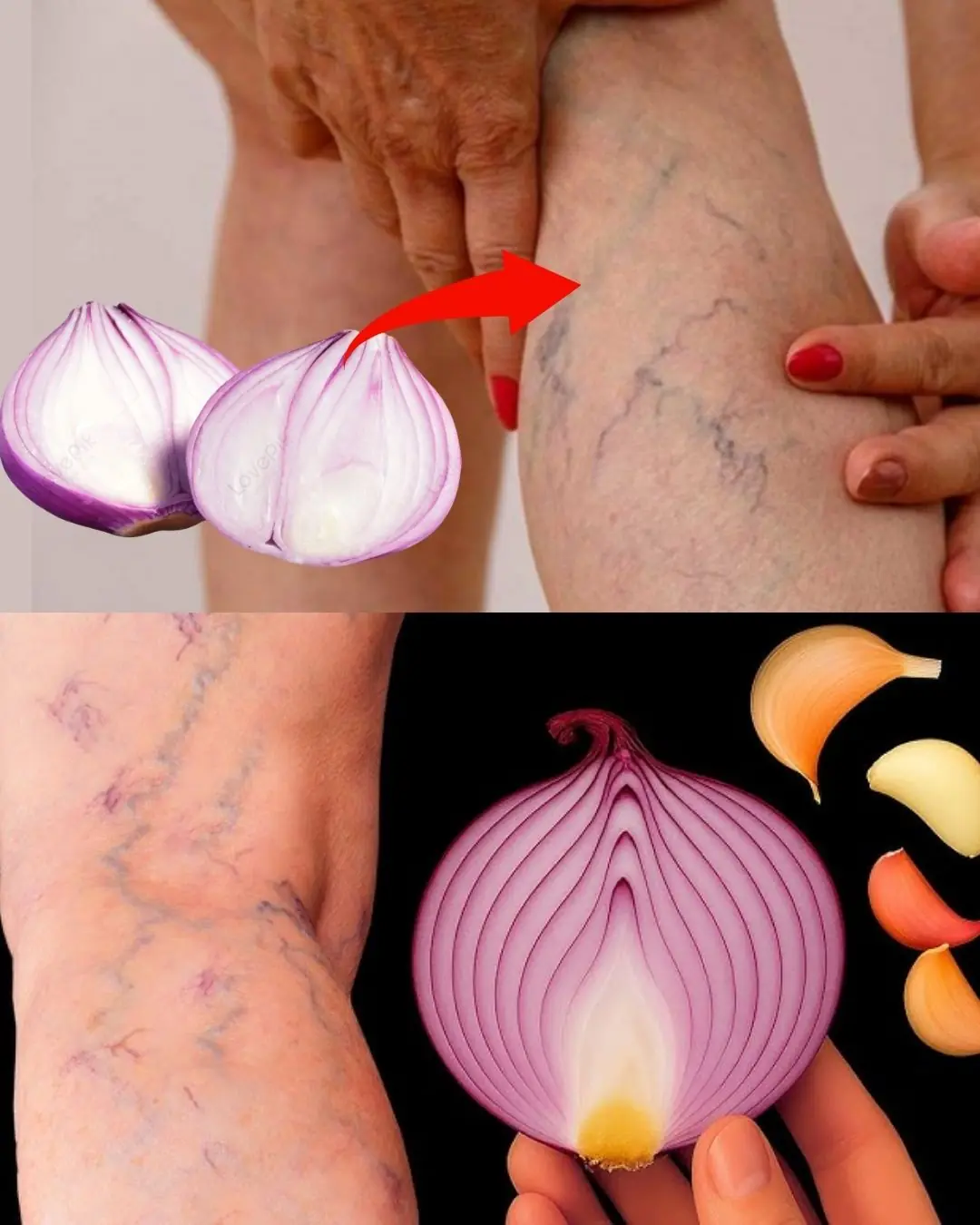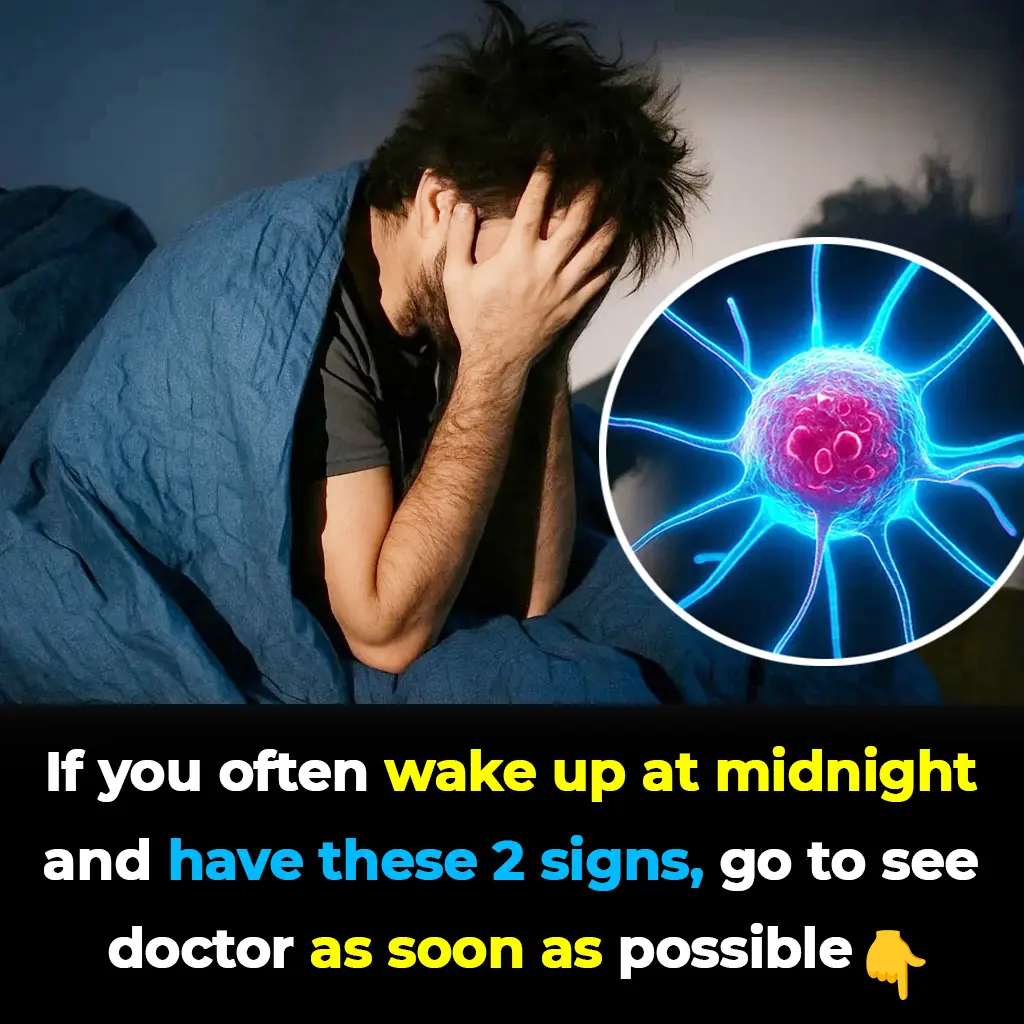The burden of stroke in the United States has climbed sharply over the past three decades, with millions now living with its long-term effects. While medical progress has reduced mortality rates, the overall number of cases continues to rise—especially
New research shows that the absolute stroke burden in the U.S. grew dramatically between 1990 and 2021. By 2021 alone, the nation recorded over 400,000 new stroke cases and 6.3 million people living with the condition. Particularly troubling is the growing prevalence among younger populations, as well as regional “hotspots” such as Alaska, Nevada, and Arkansas, where rates are disproportionately high.
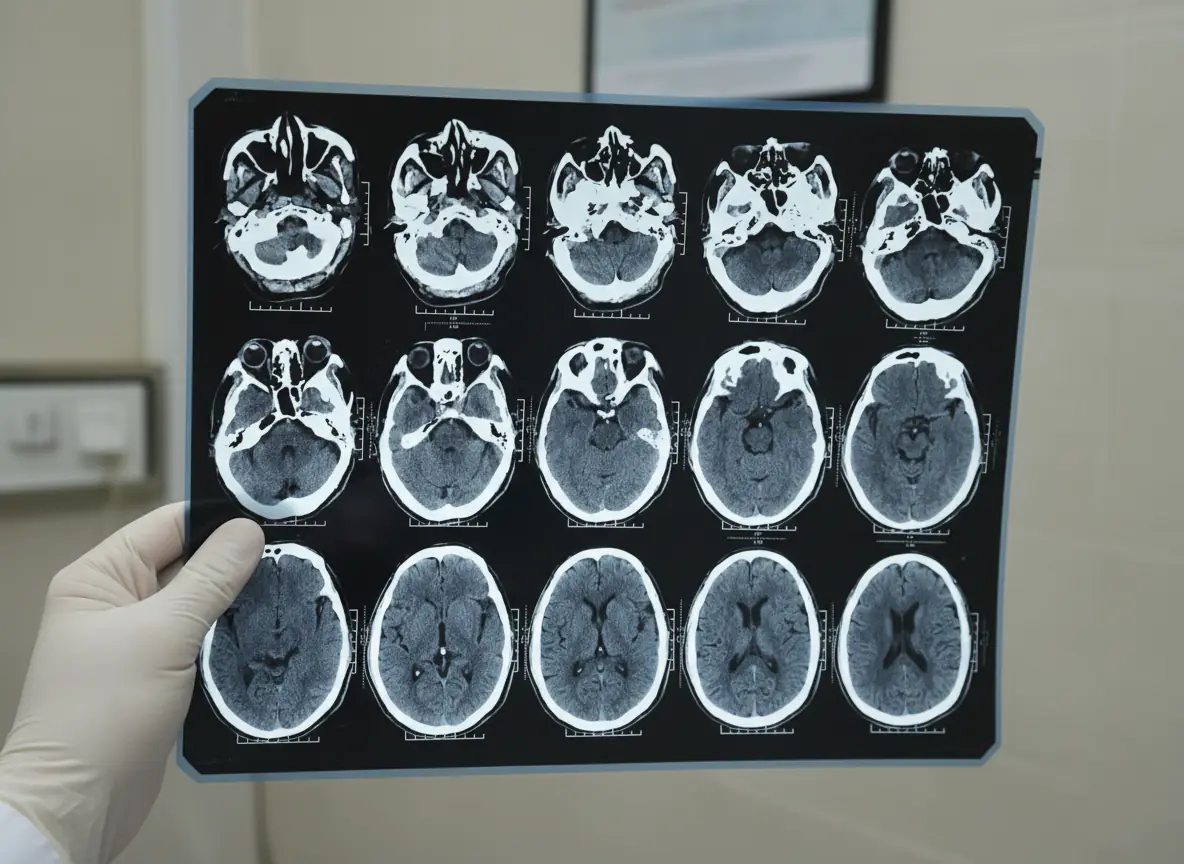
The Study Framework
The data were drawn from the Global Burden of Disease study, which collected information on three major types of stroke:
- Ischemic stroke (caused by blocked blood flow)
- Intracerebral hemorrhage (ICH)
- Subarachnoid hemorrhage (SAH)
Researchers relied on World Health Organization criteria and the International Classification of Diseases (ICD-9 and ICD-10) to identify cases. They assessed not only incidence and prevalence but also mortality rates, disability-adjusted life years (DALYs) lost, years of life lost, and years lived with disability—a comprehensive picture of stroke’s toll on public health.
Key Numbers From 2021
- 0.41 million new stroke cases were reported, with 76% due to ischemic stroke.
- 6.3 million prevalent cases, including 5.1 million ischemic, 0.75 million ICH, and 0.45 million SAH.
- 200,000 deaths were linked to stroke.
- A staggering 3.9 million DALYs were lost, underscoring both the immediate and long-term impact of the disease.
Trends Over Three Decades
From 1990 to 2021, the crude prevalence surged:
- Ischemic stroke increased by 66%
- ICH rose by 78%
- SAH climbed by 71%
At the same time, the number of new cases (incidence) also went up:
- Ischemic stroke: +10%
- ICH: +28%
- SAH: +50%
Yet, when adjusting for age, researchers observed some positive shifts:
- Stroke incidence fell by 33%
- Mortality dropped by 31%
- DALYs lost decreased by 28%
The decline was especially pronounced in ischemic stroke, while hemorrhagic subtypes showed slower improvement. This suggests that although better treatment and prevention have lowered risk on an age-adjusted basis, the growing and aging population has still pushed absolute numbers upward.
What Experts Say
The investigators emphasized the need for targeted public health strategies, stating:
“Future public health strategies must prioritize tailored age- and region-specific interventions to address modifiable risk factors, improve healthcare access, and enhance stroke awareness.”
They further stressed that continuous surveillance, strong risk factor management, and equitable healthcare access are essential to reduce disparities and slow the increasing stroke burden across the U.S.
Study Limitations
As with many large-scale analyses, the study had limitations. Reliance on administrative databases and ICD coding may have led to misclassification or underreporting of cases. The study also did not:
- Account for stroke severity or recurrence
- Provide detailed data on race and ethnicity
- Fully disclose stroke-related deaths identified by verbal autopsy
These gaps limit the ability to fully evaluate long-term outcomes and disparities across different population groups.
Funding and Conflicts of Interest
The study was funded by the Institute of Information & Communications Technology Planning & Evaluation, the Korean government, and the Korea Health Industry Development Institute. The authors reported no relevant conflicts of interest.
